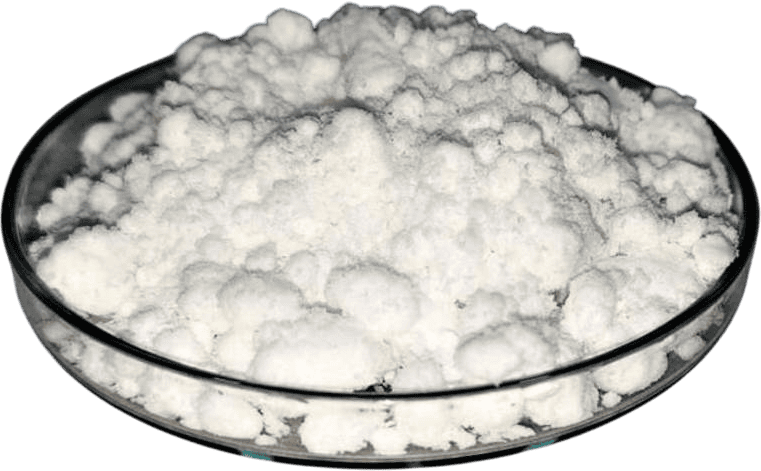Best Place for Pharmaceuticals & Chemicals




Phone Number
+91 84518 40941




+91 84518 40941
Seema Finechem Industry LLP, located in Navi Mumbai, India, is a leading exporter, manufacturer, and major supplier of Serinol (2-Amino-1,3-propanediol, CAS No. 534-03-2). The company offers competitive pricing and ensures high-quality products.
“Serinol” refers to the group of C-substituted commercial analogs. Like many amino acids, serinol and its derivatives serve as important intermediates in various chemical applications. In eukaryotic organisms, serinol derivatives function as central second messengers, while in some prokaryotes, serinol is involved as an intermediate in toxin synthesis. This review covers the biological and chemical synthesis of serinol and its derivatives, along with their applications.


Amino alcohols possess the unique chemical and physical characteristics of both alcohols and amines within a single molecule. These versatile compounds are valuable for a wide range of applications, including:
2-Amino-1,3-propanediol, also known as 1,3-dihydroxy-isopropylamine, aminoglycerin, or amino-trimethylenglykol, is a small but highly impactful molecule with the molecular formula C3H9NO2. This compound belongs to the group of amino alcohols and is prochiral. Structurally, it is an analogue of the amino acid serine, which is why it is commonly referred to as serinol.
Serinol is characterized by its stability, corrosive nature, hygroscopicity, and excellent water solubility. With a molecular weight of 91.11 g/mol, it has a melting point range of 52-56°C and a boiling point of 115-116°C. As a result, 2-amino-1,3-propanediol has become a widely used intermediate in various chemical processes.
Synonyms:
Amino alcohols serve as versatile intermediates in a wide range of chemical syntheses. They are involved in various reactions, including the following:
Amino alcohols are widely used in the production of efficient anionic emulsifiers and nonionic polyethylene emulsions. In personal care product formulations, they offer several advantages over traditional amine emulsifiers, including enhanced base strength, lower neutralization equivalent, and reduced volatility. Amino alcohols play a key role in neutralizing acidic raw materials in personal care products, and they help render resinous materials water-soluble. Additionally, they contribute to improved base strength, low odor levels, excellent solubility in water and alcohol, and better color stability in cosmetics.
The difunctionality of amino alcohols makes them valuable raw materials in polymer applications, both in water- and solvent-based systems. They help increase the solubility of other components and improve solution stability. Additionally, amino alcohols act as dispersants for pigment dispersion, enhancing wetting and viscosity stability. Their salts are also used in coatings to improve package stability.
Amino alcohols help maintain a constant alkalinity in boiling water flows and condensates, preventing the formation of solid products that could obstruct flow. This function is particularly useful as a corrosion inhibitor. They are widely used in the production of water-soluble cationic flocculants and ion exchange resins, which adsorb solid and colloidal particles through electrostatic attraction. Additionally, amino alcohols are employed in water treatment, metal treatment, and CO2 gas absorption.
Amino alcohol salts, including hydrochloride, nitrate, sulfate, phosphate, and sulfonate salts, can be used individually or in combination with other catalysts to provide balanced curing action with selected textile resins.
In the biological field, amino alcohol structures are commonly found in many drugs, particularly antihistamines. Sphingosine, a key component of sphingolipids in mammals, plays a crucial role in signal transmission and cell recognition and is an amino alcohol. These compounds serve as starting materials in the production of beta-lactam antibiotics, humectants for food and cosmetics, flavoring agents, as well as various oral, injectable, and topical pharmaceuticals. Additionally, amino alcohols are used as amine buffers in a wide range of medications.
2-Amino-1,3-propanediol, commonly known as serinol, is an organic compound belonging to the alkanolamine group. It is a prochiral compound and serves as an intermediate in the production of various fine chemicals, including pharmaceuticals. Under standard conditions, it is a solid substance that is highly soluble in water. 2-Amino-1,3-propanediol is known for its stability, hygroscopic nature, and corrosive properties.
The name "serinol" was chosen due to its structural similarity to the amino acid serine. Derivatives of serinol, with substituents added to its carbon atoms, are also referred to as serinols.
Since the 1940s, 2-amino-1,3-propanediol has been used in the manufacture of medicines, including the antibiotic chloramphenicol. It is well tolerated by the body and is incorporated into several other pharmaceuticals.
Additionally, 2-amino-1,3-propanediol, being a diol, can be used to prepare polyesters, which may have potential biomedical applications.